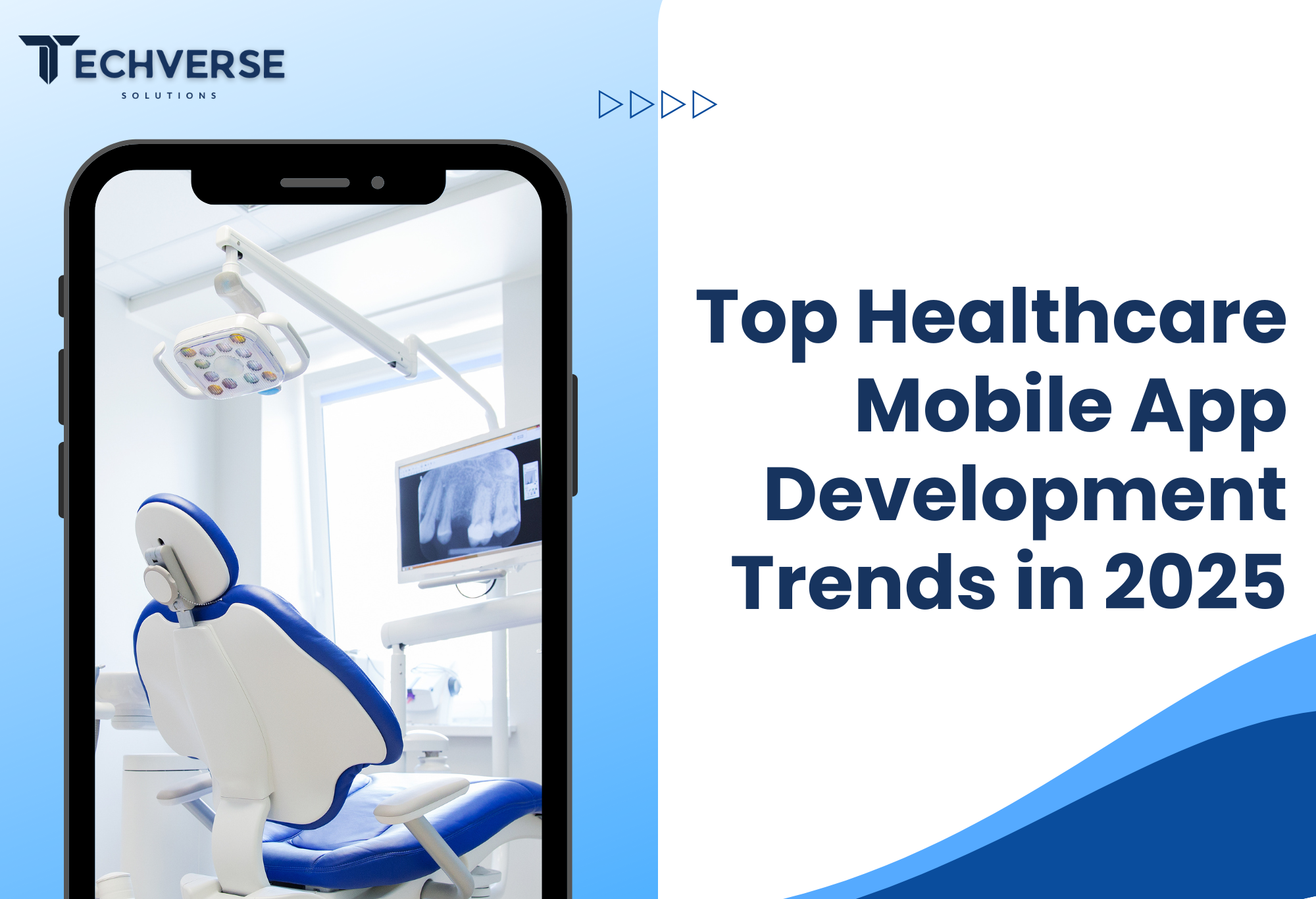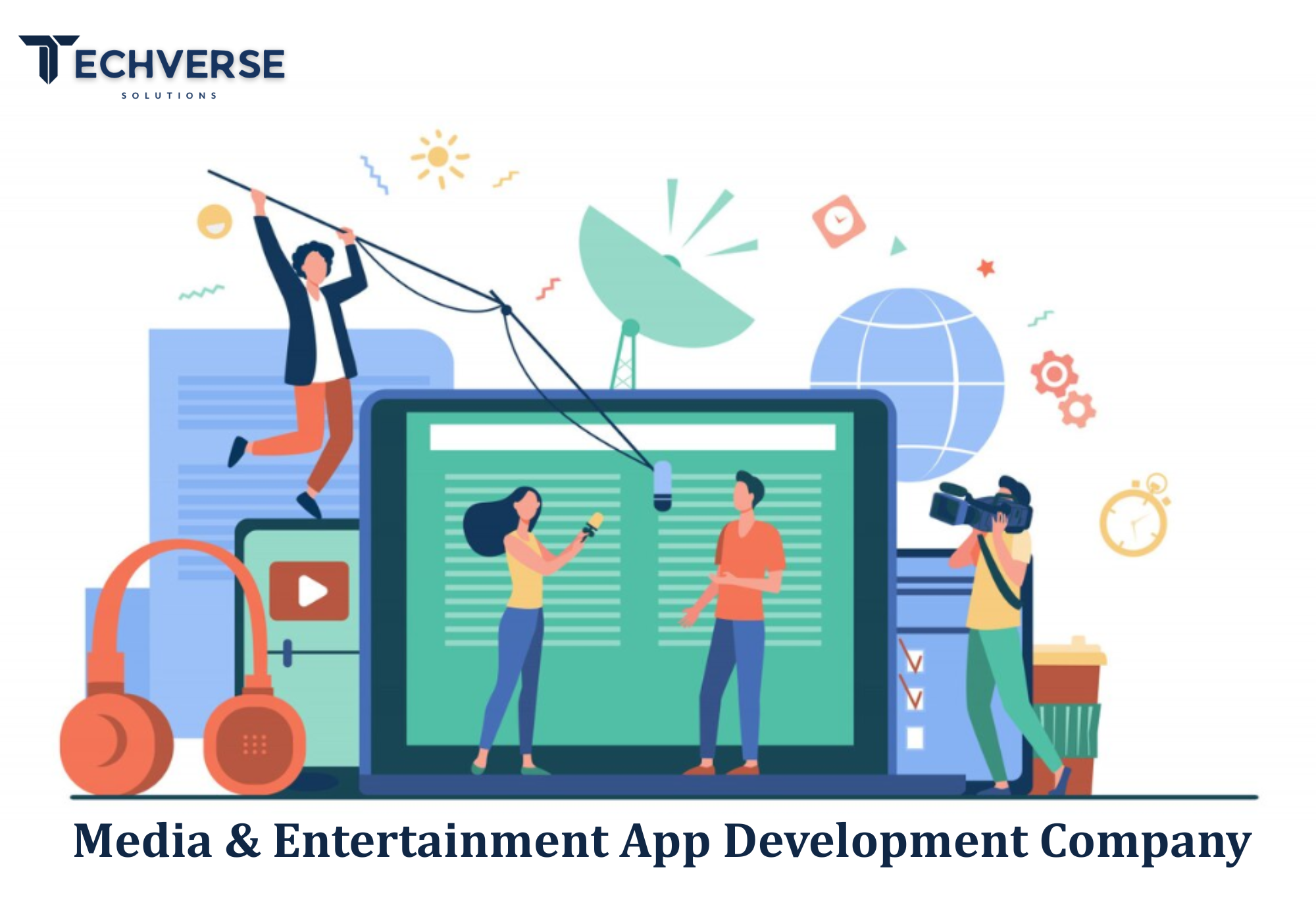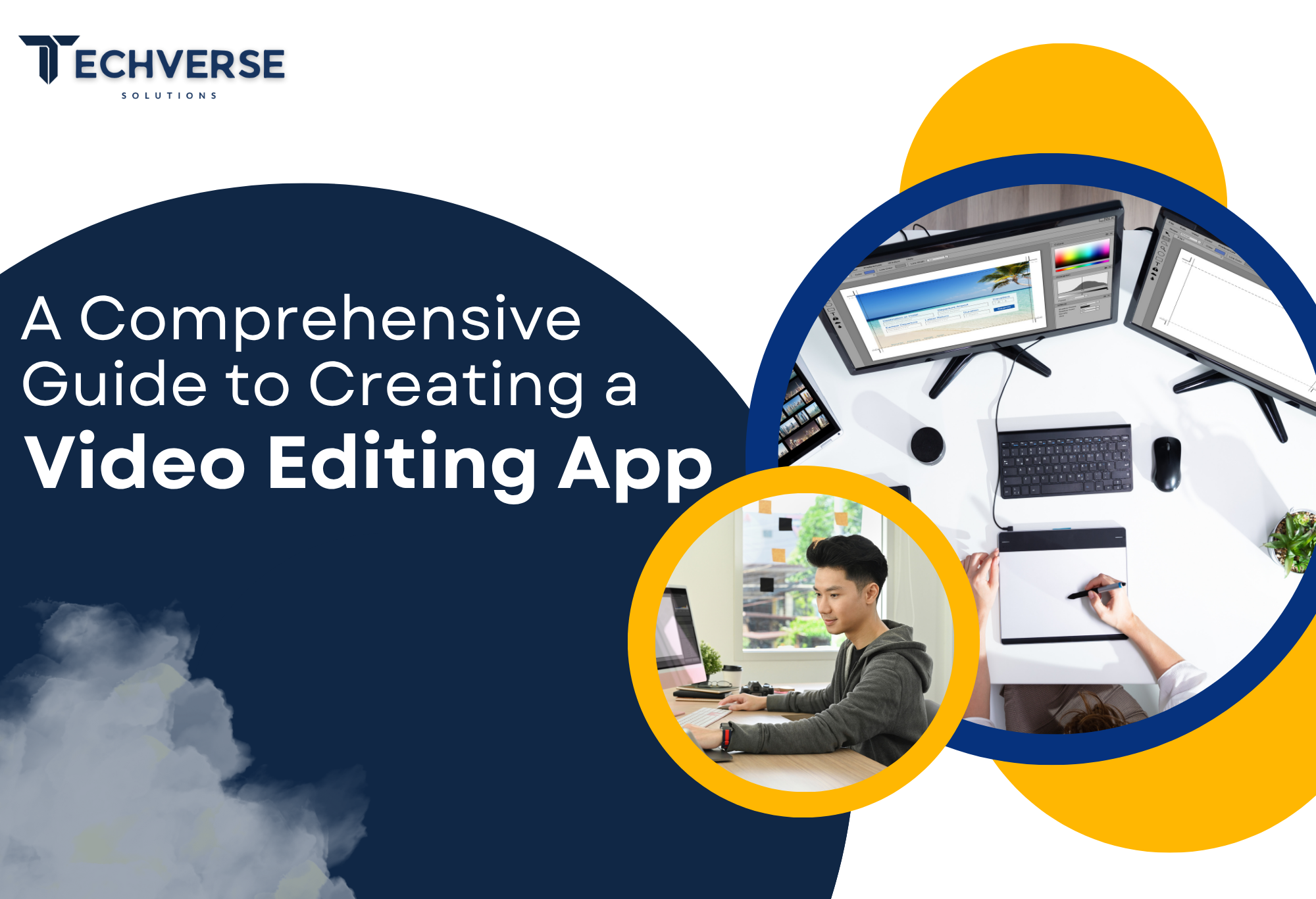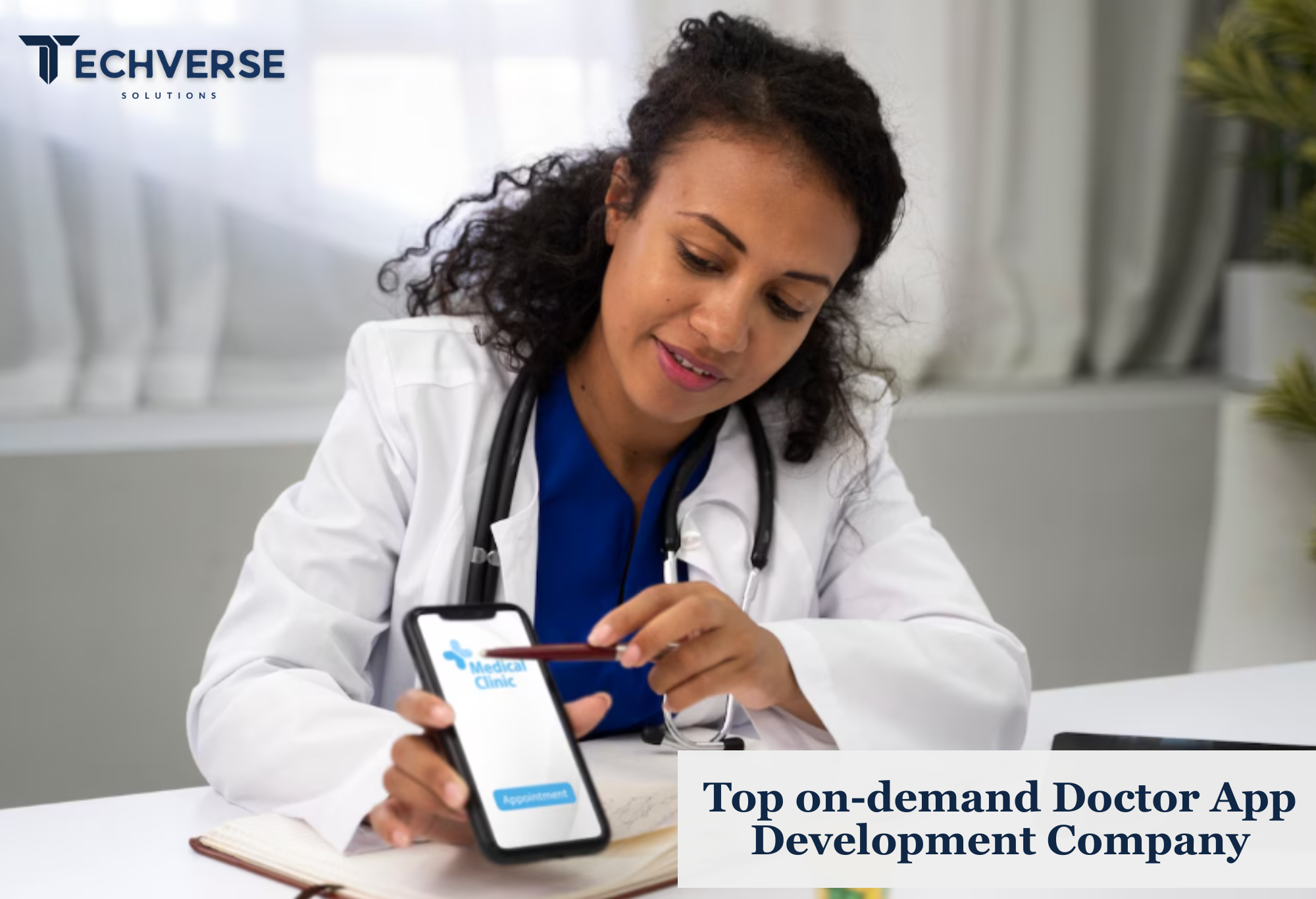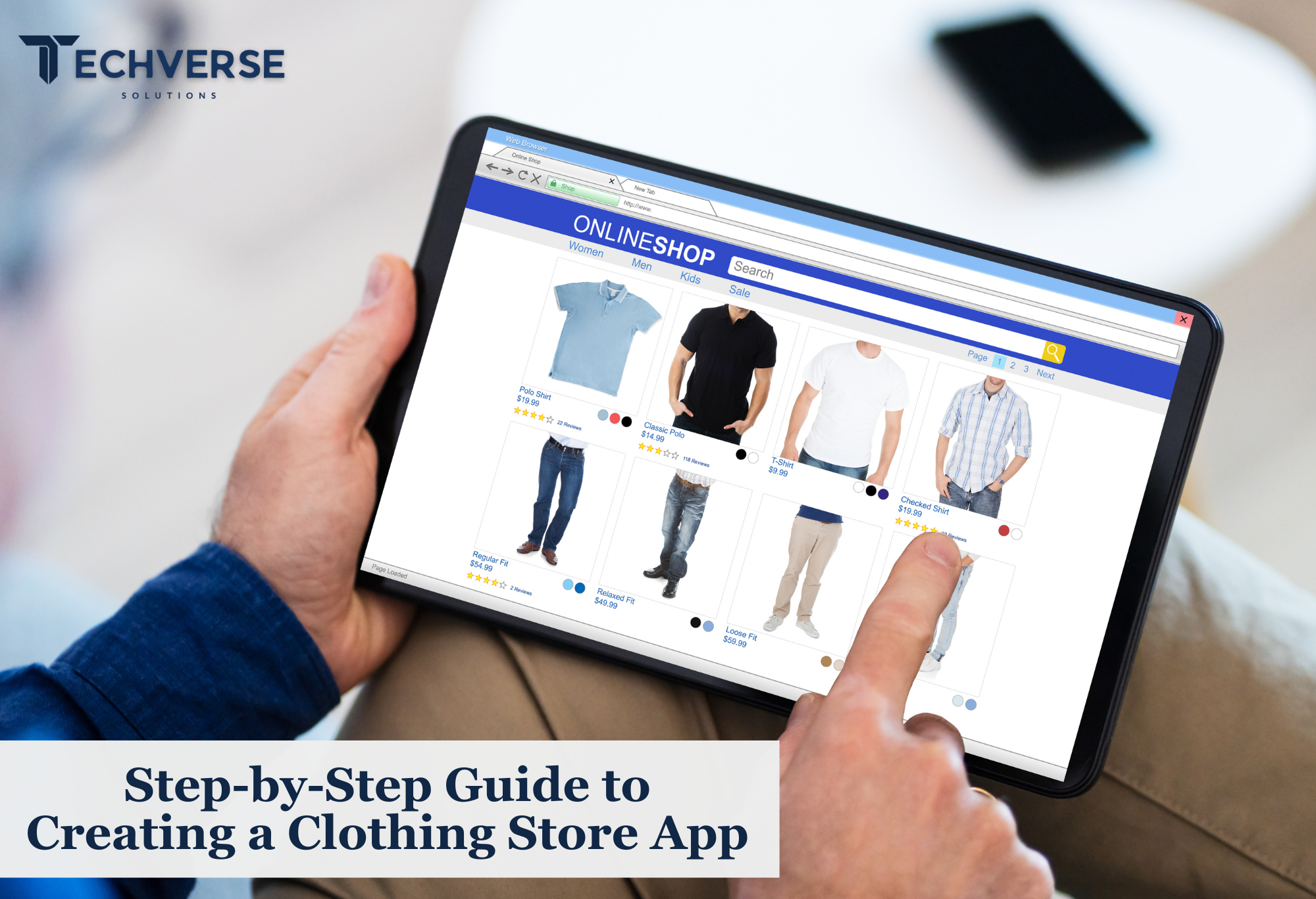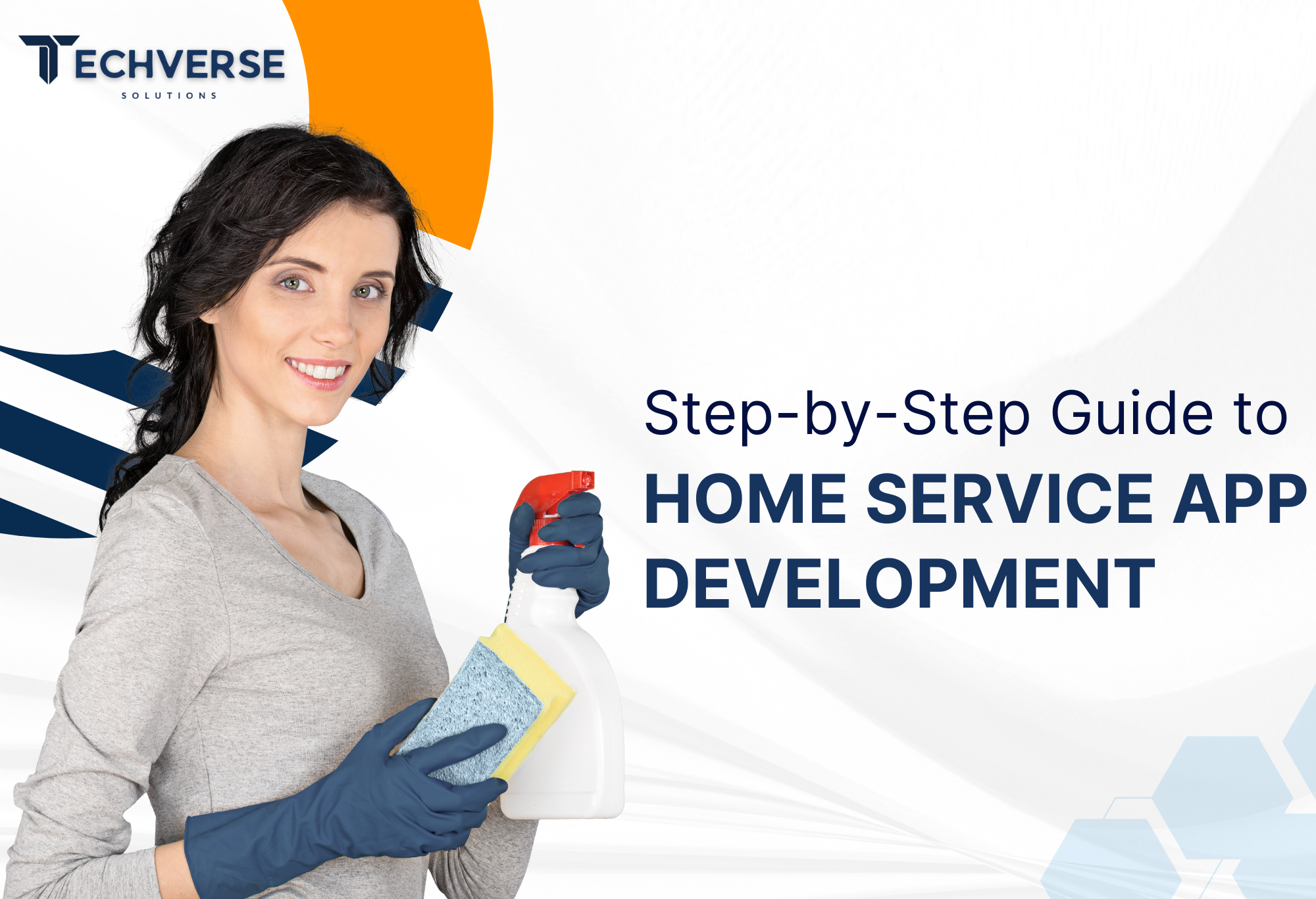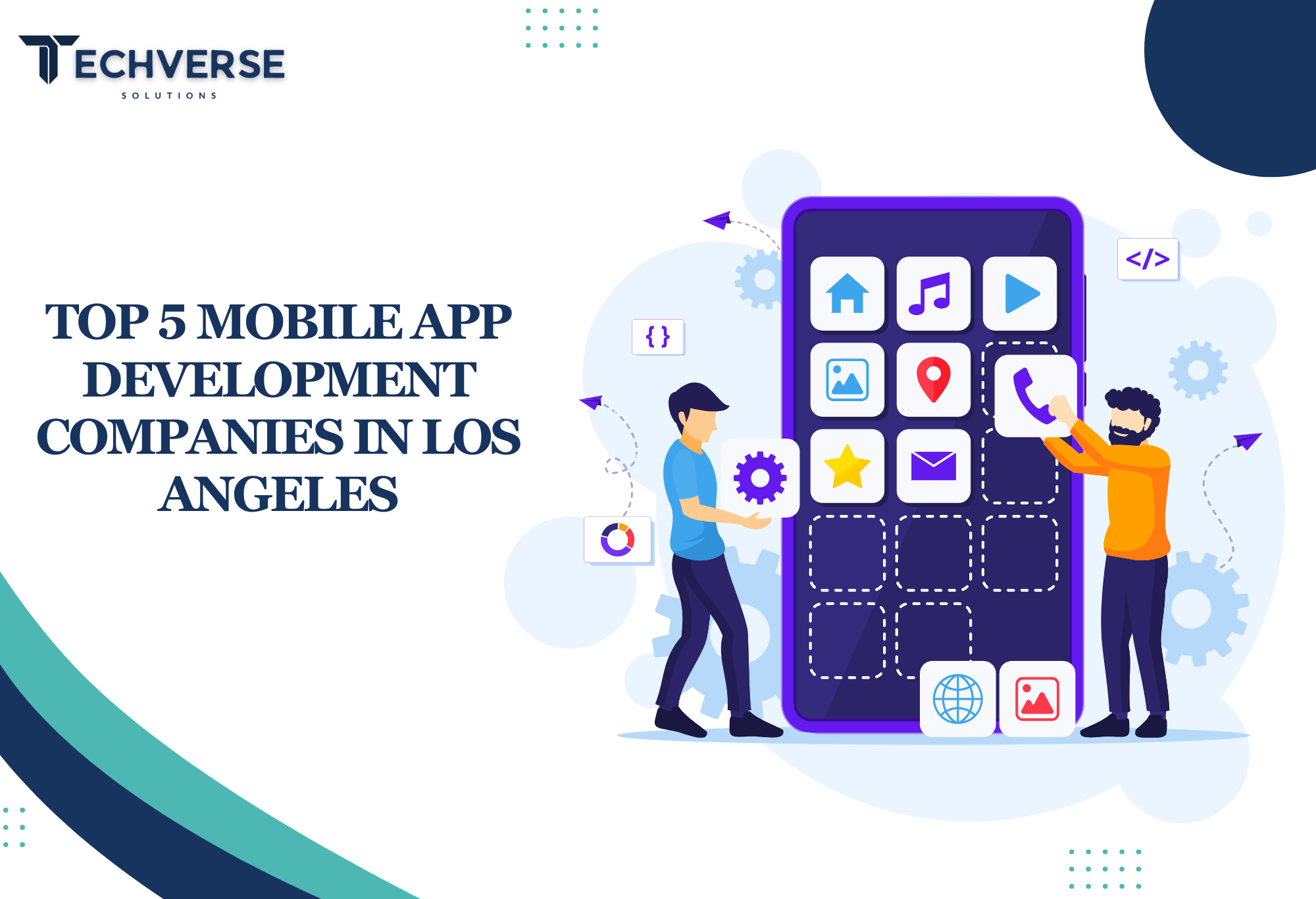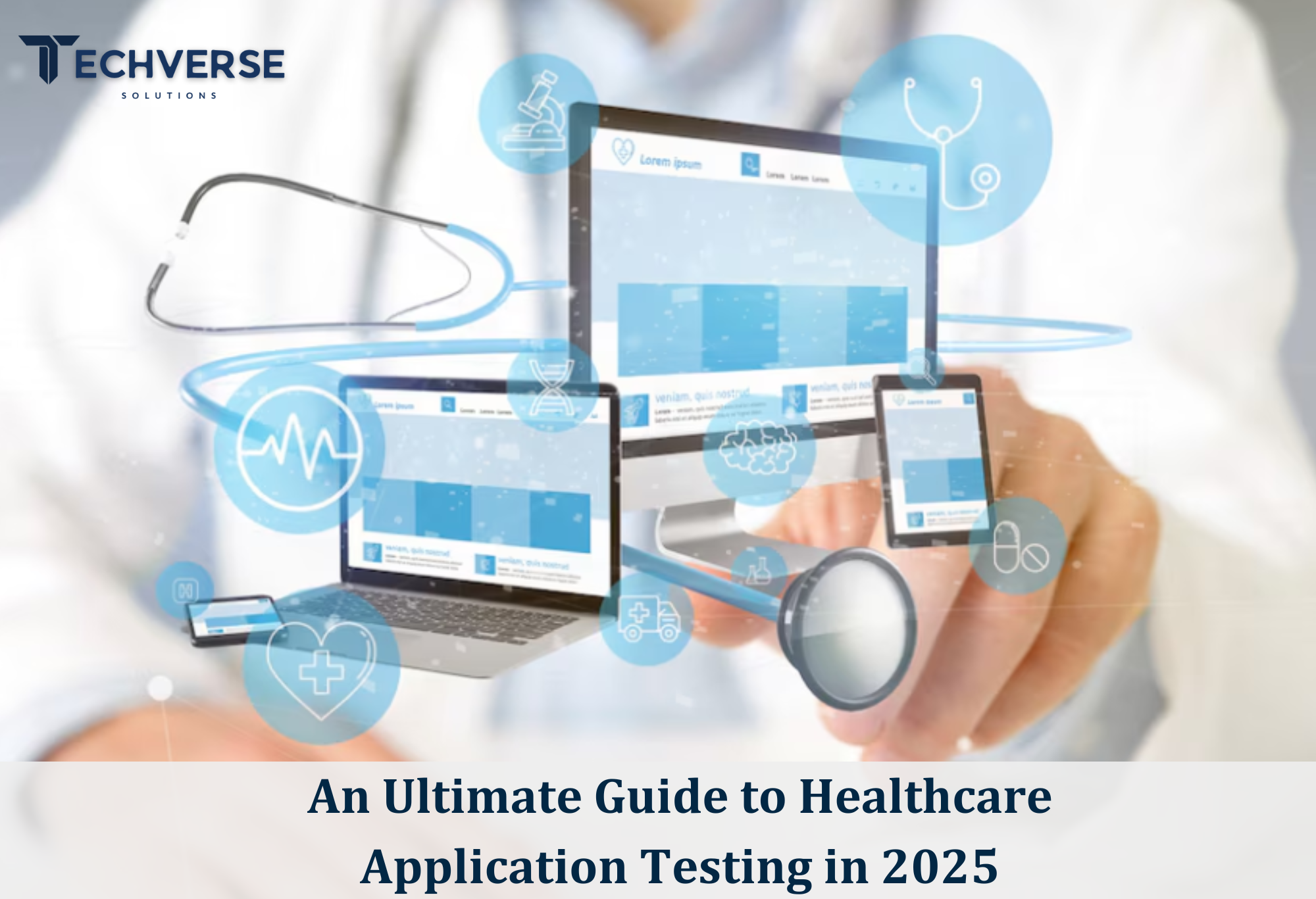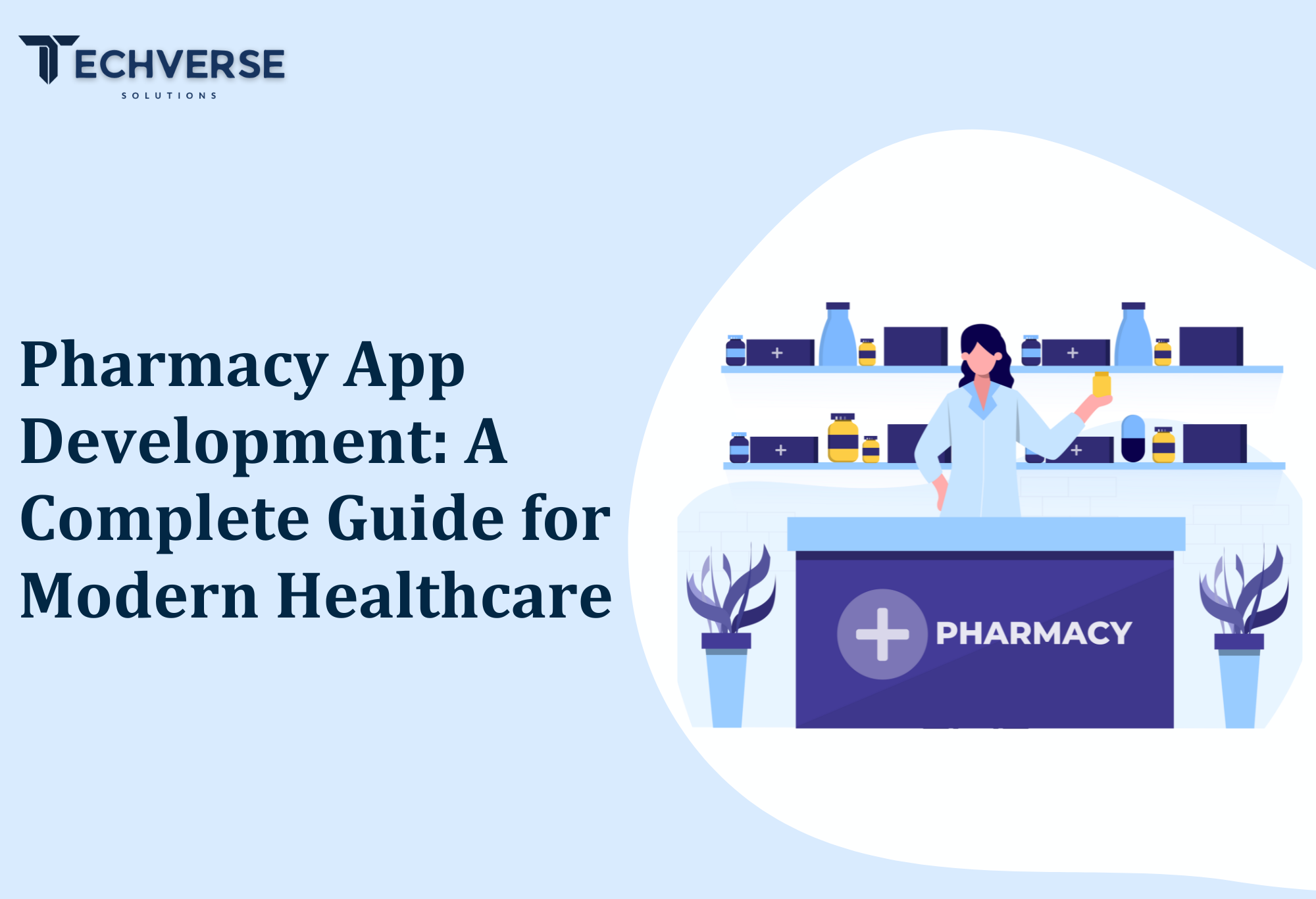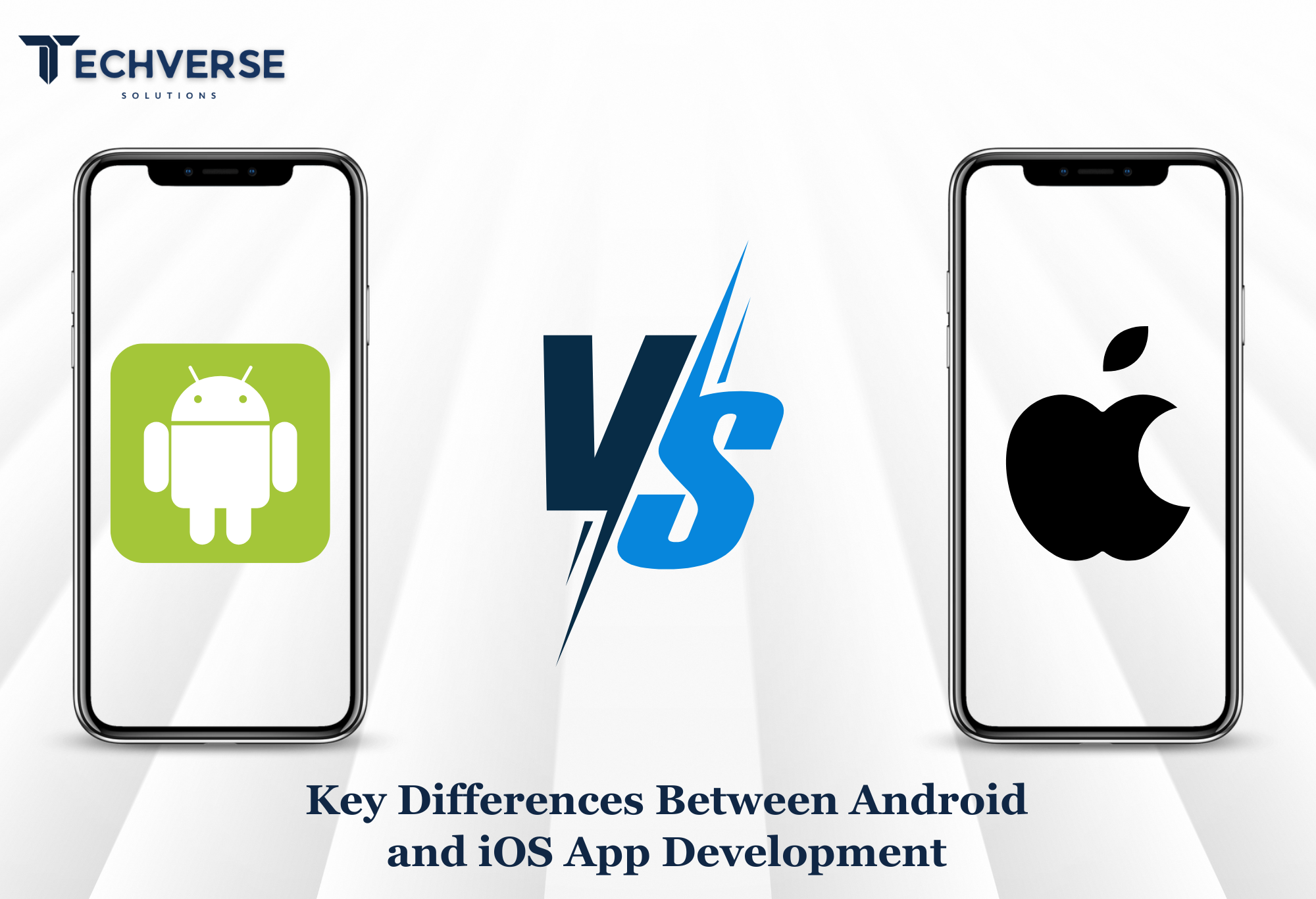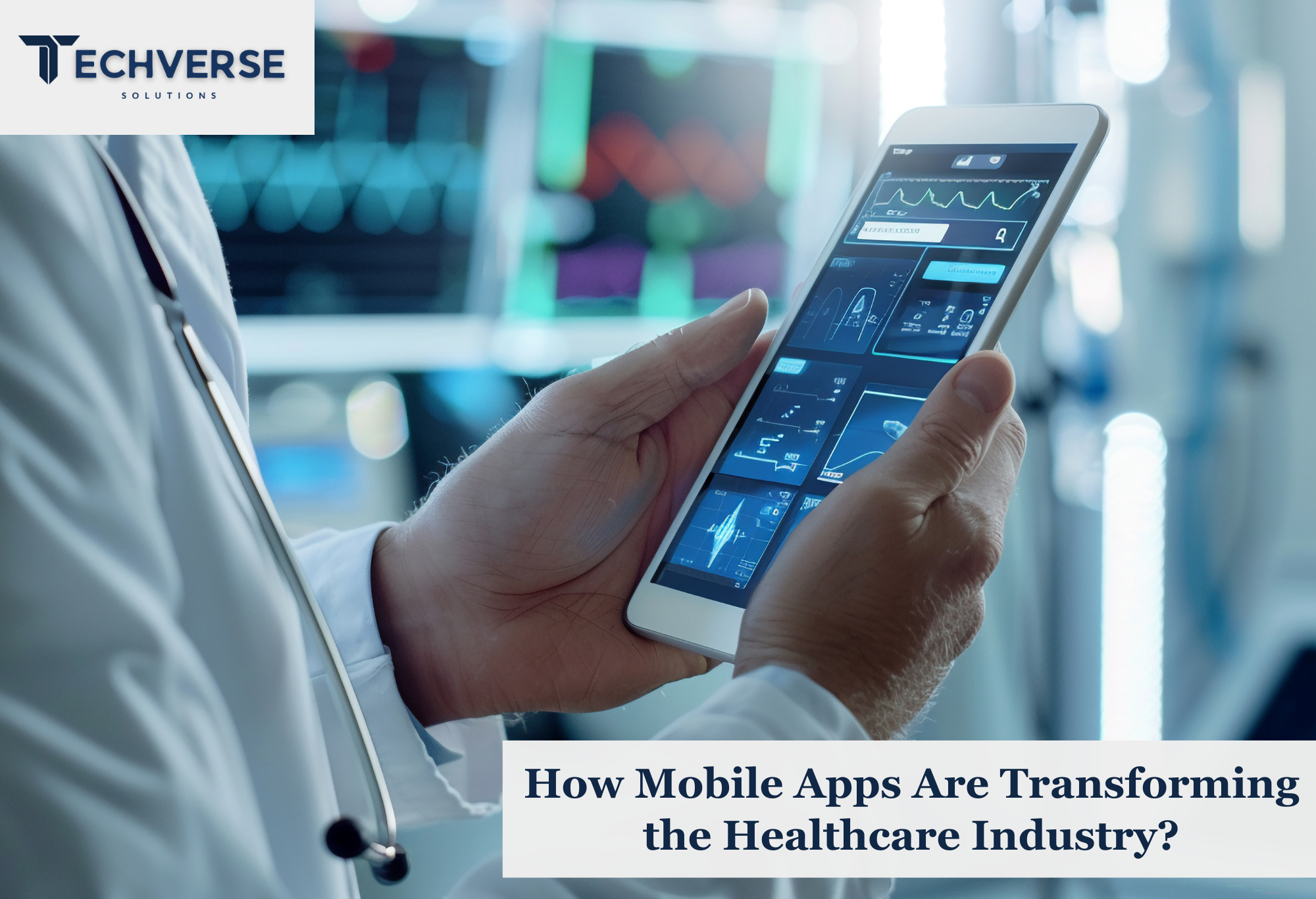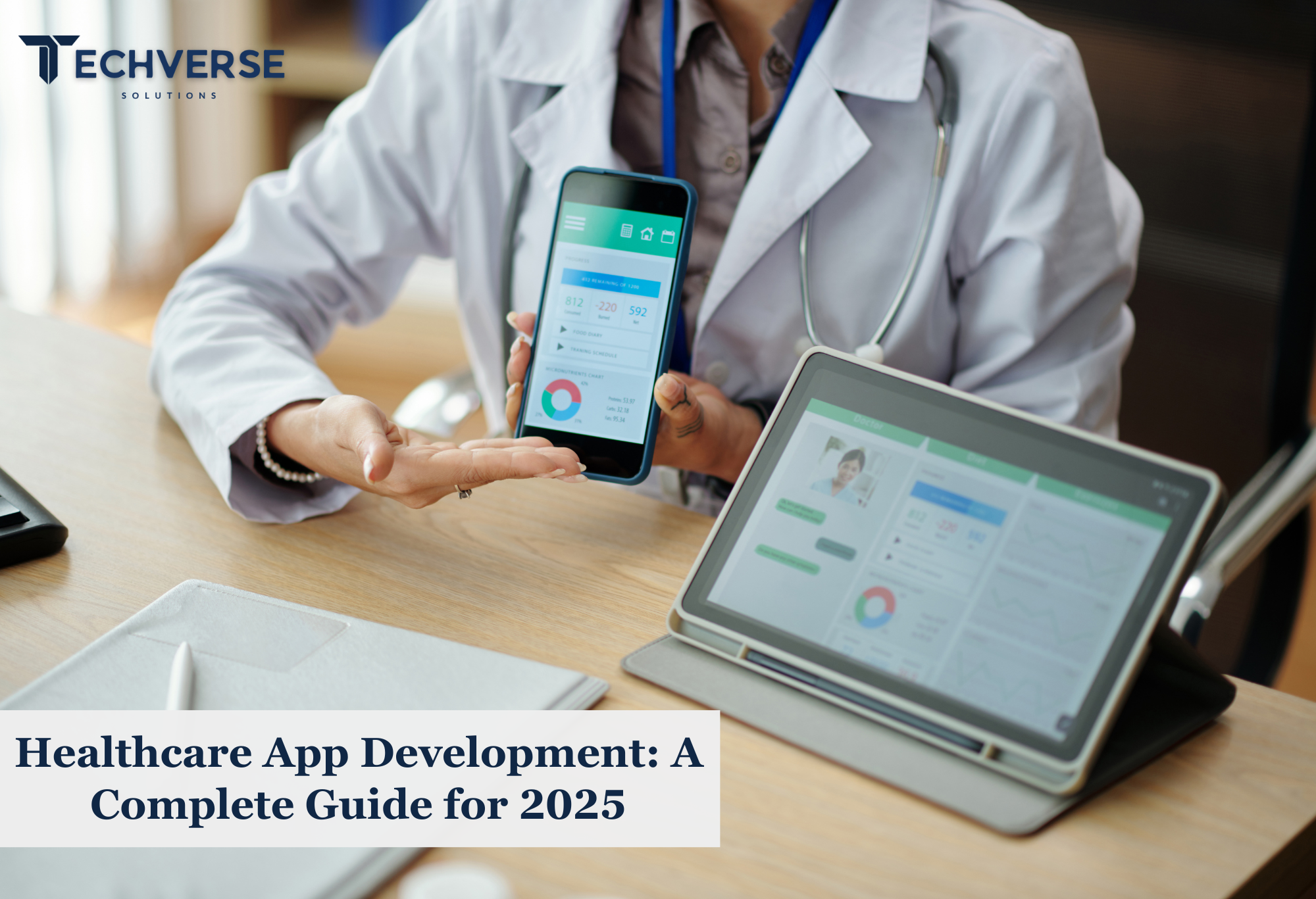Mobile App Development
An Ultimate Guide to Healthcare Application Testing in 2025
Vandana
|Sep 03, 2025
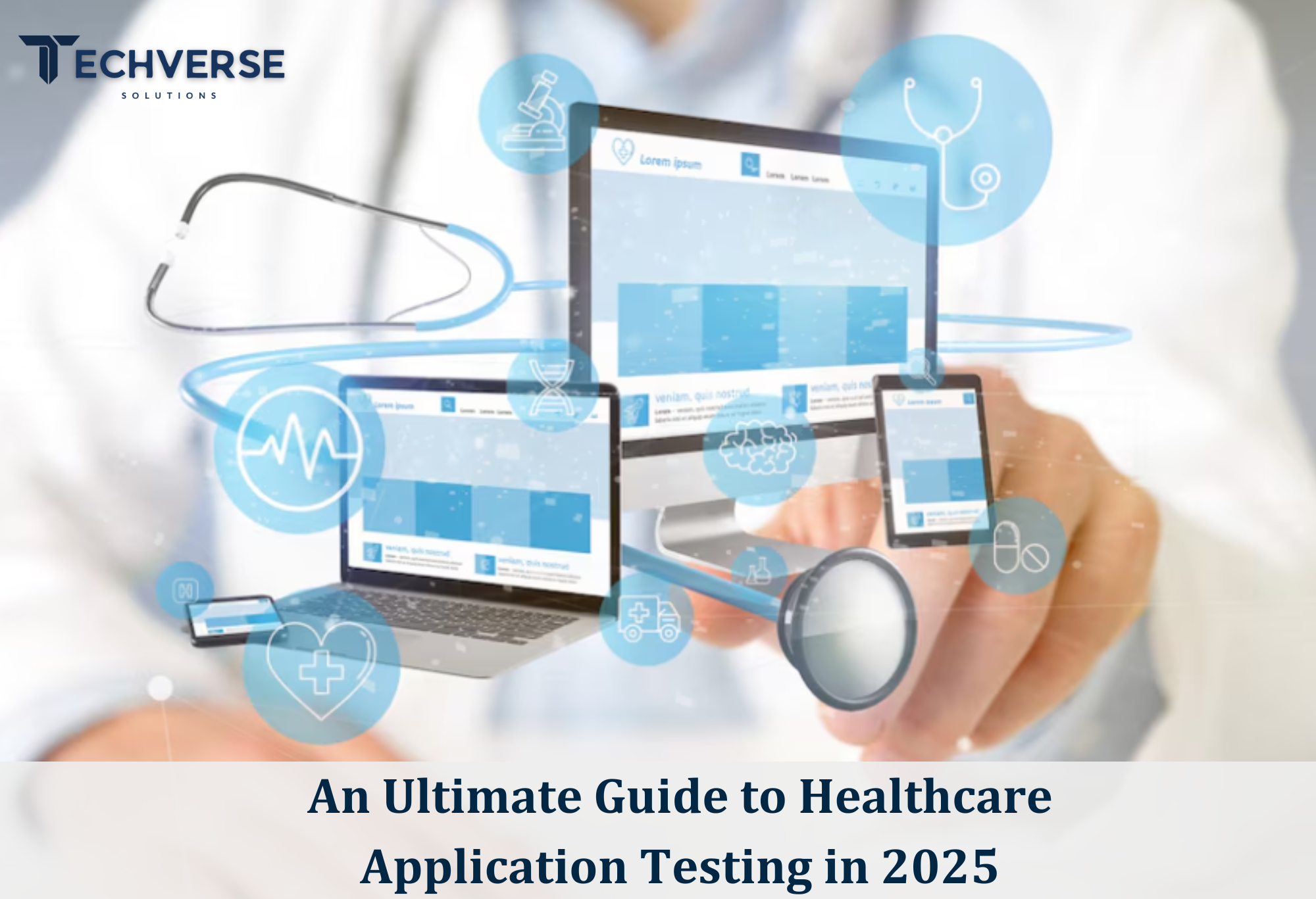
In 2025, the healthcare industry continues to undergo a digital transformation, with mobile and web applications becoming integral to patient care, data management, and service delivery. As healthcare app development accelerates, ensuring the reliability, security, and compliance of these applications through rigorous testing is paramount. This guide covers the key points of healthcare app testing, including best practices, useful tools, and important tips for developers and healthcare professionals.
The Importance of Healthcare Application Testing
Healthcare apps aren’t just software—they help patients and doctors stay connected and manage care effectively. These applications handle sensitive health data, support critical decision-making, and facilitate real-time communication. Therefore, their performance, security, and compliance are non-negotiable. Effective testing ensures that these applications function seamlessly, protect user data, and adhere to regulatory standards.
Key Areas of Healthcare Application Testing
1. Functional Testing
Functional testing makes sure the app works correctly. In healthcare apps, this means making sure data is entered correctly, appointments are scheduled properly, medications are tracked accurately, and the app works smoothly with electronic health records (EHR) systems. Testing should cover all user roles, including patients, healthcare providers, and administrators, to ensure each user experience is optimized.
2. Security Testing
Because health data is sensitive, security testing is very important. This means checking for weaknesses like SQL injection, cross-site scripting (XSS), and unauthorized access to data. Tools like ZAP (OWASP Zed Attack Proxy) and SQLMap are commonly used for penetration testing. Additionally, ensuring compliance with regulations like HIPAA (Health Insurance Portability and Accountability Act) in the U.S. or similar standards in other regions is essential to protect patient information and avoid legal repercussions.
3. Performance Testing
Performance testing assesses how the application behaves under various conditions, including high user loads and large data volumes. It ensures the app runs smoothly, even when it's busy. Tools like JMeter and LoadRunner are popular choices for simulating multiple users and measuring response times.
4. Usability Testing
Usability testing looks at how easy and user-friendly an app is, ensuring anyone can use it without problems. This is particularly important in healthcare, where users may include elderly patients or individuals with disabilities. Testing should evaluate navigation ease, readability, and accessibility features to ensure the app is user-friendly for all demographics.
5. Compliance Testing
Healthcare applications must comply with various regulatory standards, depending on the region. In the U.S., this includes HIPAA, while in Europe, GDPR (General Data Protection Regulation) applies. Compliance testing ensures that the application meets all legal requirements regarding data privacy, consent, and patient rights.
Best Practices for Healthcare Application Testing
1. Early and Continuous Testing
Implementing a "shift-left" testing approach, where testing begins early in the development process and continues throughout, helps identify and resolve issues promptly. This approach helps save time and money by preventing problems early, instead of fixing them later.
2. Automated and Manual Testing Integration
Combining automated testing for repetitive tasks with manual testing for complex scenarios provides comprehensive coverage. Automation tools like Selenium and Appium can handle regression testing, while manual testing is essential for exploratory and usability assessments.
3. Real-World Testing Environments
Testing in environments that closely mimic real-world conditions ensures that the application performs well under actual usage scenarios. This includes testing on various devices, operating systems, and network conditions to identify potential issues users may encounter.
4. Regular Security Audits
Regular security checks and penetration tests help find and fix weaknesses. This is especially important in healthcare, where data breaches can be serious. Using tools like Burp Suite and reviewing code are good ways to improve security.
5. User-Centric Testing
Incorporating feedback from actual users, including patients and healthcare providers, during the testing process ensures that the application meets their needs and expectations. User acceptance testing (UAT) is a critical phase where real-world usability is assessed.
Tools and Technologies for Healthcare Application Testing
Several tools and technologies are instrumental in healthcare application testing:
Selenium and Appium: Commonly used to automatically test websites and mobile apps.
JMeter and LoadRunner: Used in performance testing, it mimics multiple users to evaluate how an application handles heavy traffic.
OWASP ZAP and Burp Suite: Popular solutions employed for assessing system security, detecting weaknesses, and safeguarding sensitive information.
Google Lighthouse and Axe: Useful for accessibility testing, ensuring compliance with standards like WCAG (Web Content Accessibility Guidelines).
CI/CD Pipelines: Integrating testing into continuous integration and continuous deployment pipelines ensures that testing is an ongoing process throughout development.
Challenges in Healthcare Application Testing
Despite advancements, several challenges persist in healthcare application testing:
Complex Regulatory Requirements: Navigating the myriad of regulations across different regions can be daunting, requiring constant updates and vigilance.
Data Privacy Concerns: Ensuring that patient data is protected and handled according to legal standards is a continuous challenge.
Integration with Legacy Systems: Many healthcare providers still use outdated systems that may not integrate seamlessly with modern applications, complicating testing efforts.
Diverse User Demographics: Designing applications that are accessible and usable for a wide range of users, including those with varying levels of tech-savviness, is crucial.
Conclusion
In 2025, healthcare application testing is more critical than ever. As healthcare app development continues to evolve, ensuring that these applications are functional, secure, and compliant is essential for delivering quality care. By adhering to best practices, utilizing appropriate tools, and addressing the unique challenges of the healthcare industry, developers can create applications that enhance patient outcomes and streamline healthcare delivery.
For those seeking to develop or improve healthcare applications, partnering with a reputable healthcare app development company can provide the expertise and resources necessary to succeed. Companies like Techverse Solutions specialize in creating innovative, secure, and compliant healthcare applications tailored to meet the specific needs of healthcare providers and patients.

